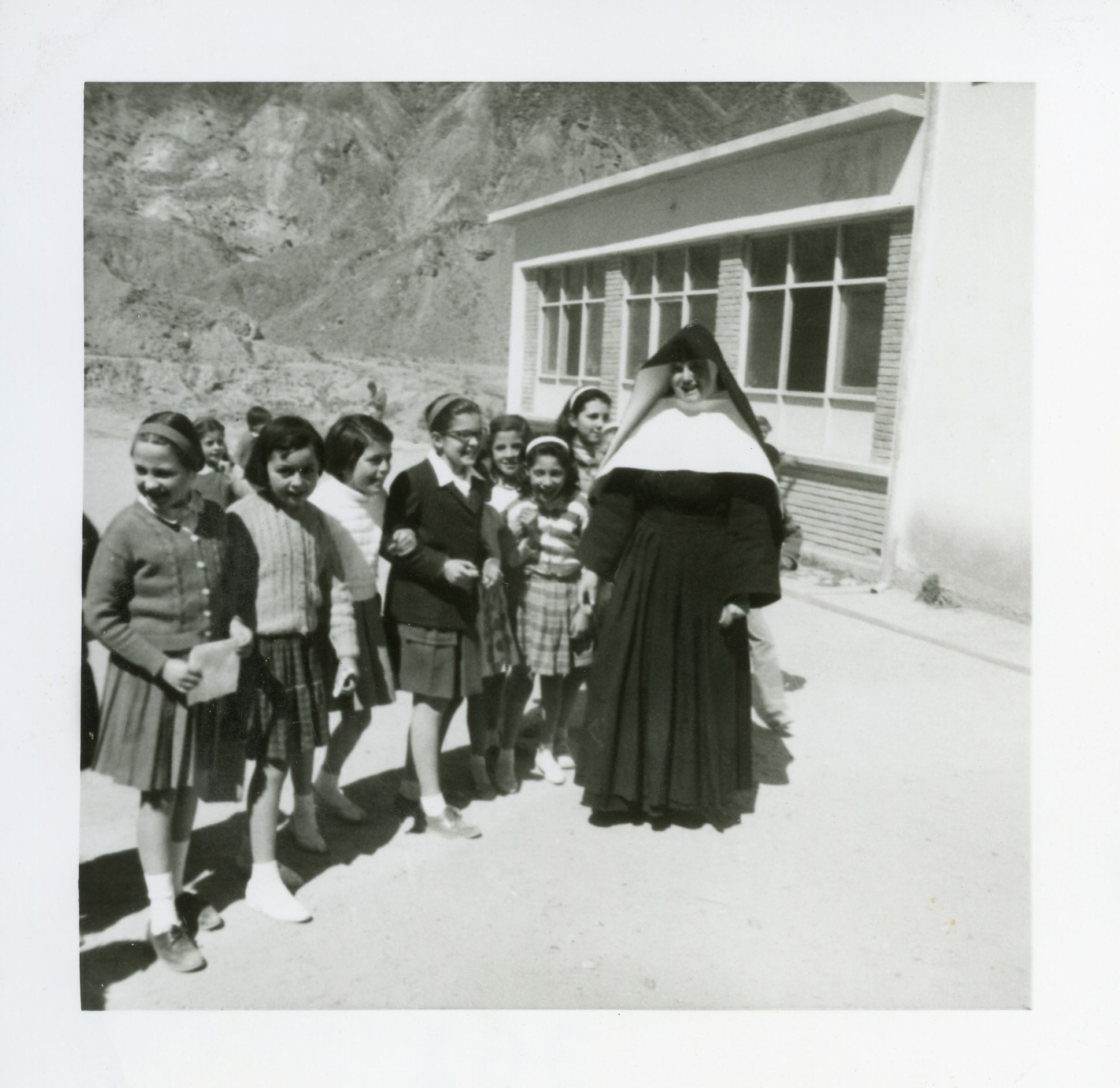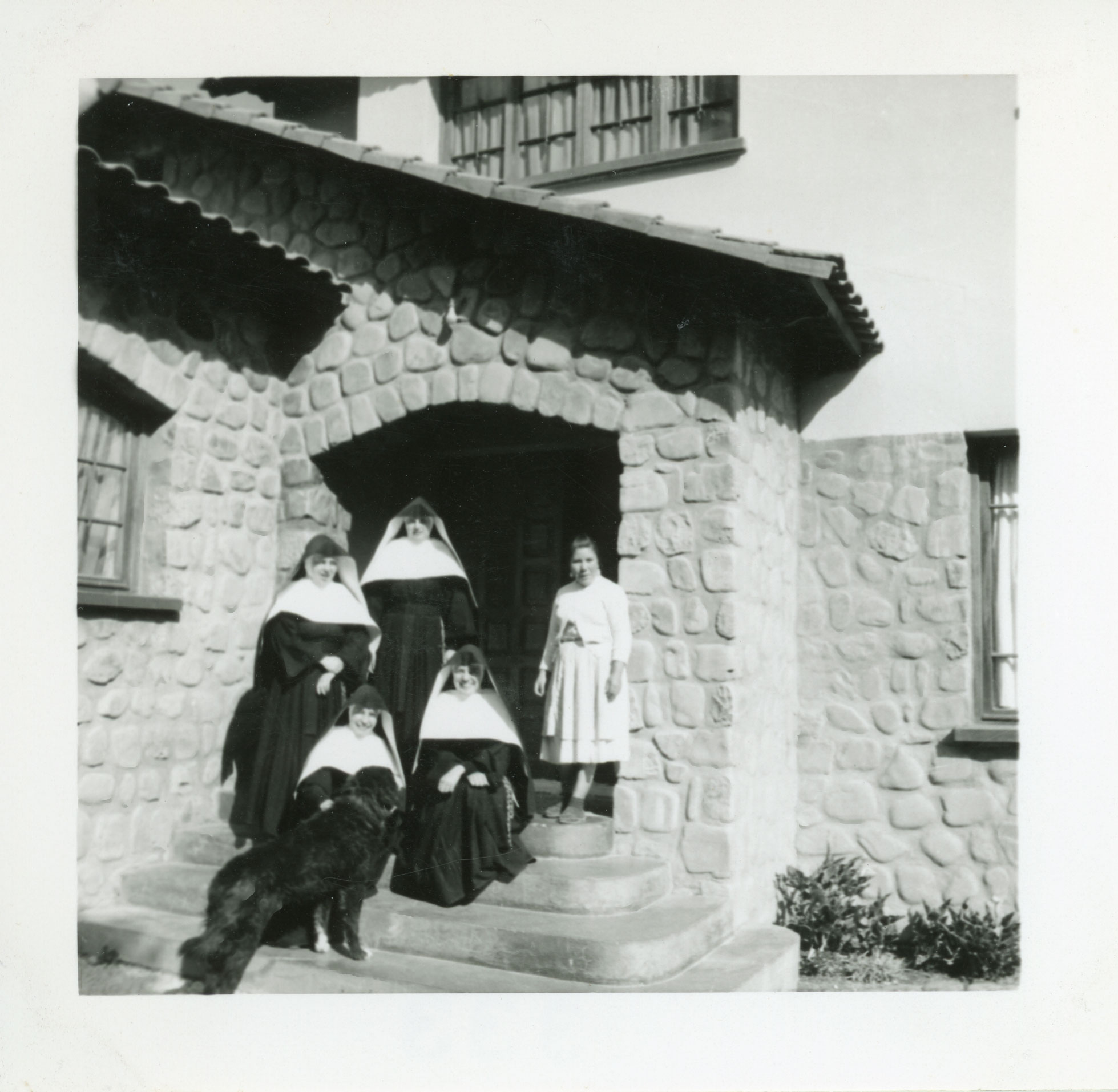 It was the early 1960s, a time of great uncertainly in Bolivia, when the School Sisters of Notre Dame established a mission there. A war with Paraguay that ended in 1935 had left the country economically and politically unstable, and in 1952, a revolution resulted in rule by a series of military juntas. In 1961, a constitutional republic was established, but the political organization was still chaotic with political parties vying for power.
It was the early 1960s, a time of great uncertainly in Bolivia, when the School Sisters of Notre Dame established a mission there. A war with Paraguay that ended in 1935 had left the country economically and politically unstable, and in 1952, a revolution resulted in rule by a series of military juntas. In 1961, a constitutional republic was established, but the political organization was still chaotic with political parties vying for power.
It was against this backdrop that Mother Loretto Gies, provincial of what was then the SSND Canadian Province, sent four sisters to teach at an elementary school attached to St. Andrews College in La Paz. The sisters would be living in the Altiplano, a 12,500 feet high plateau in the Andres mountains – one of the world’s highest inhabited regions, where visitors often suffered from altitude sickness. The political situation at the time was so fraught that the sisters had to be careful what they wrote in letters. Mail was frequently opened, and missionaries could suffer serious repercussions if they included derogatory descriptions of Bolivia.
 Within a short time, the sisters were introduced to various Indigenous settlements in the districts around La Paz. They learned that there was a great need for education, social and medical services, and religious instruction, especially for women and children. They began spending their afternoons distributing clothing, food, and some medical supplies.
Within a short time, the sisters were introduced to various Indigenous settlements in the districts around La Paz. They learned that there was a great need for education, social and medical services, and religious instruction, especially for women and children. They began spending their afternoons distributing clothing, food, and some medical supplies.
In October 1964, the sisters (now five) found themselves in the middle of a revolution. It began with student demonstrations and within a few days, armed soldiers were in the streets. The sisters were told to prepare for evacuation. Twenty-one sisters from four different orders all met at the house of the Loretto Sisters when fighting broke out outside the convent. The existing government fell, but the sisters remained and reopened school in February 1965.
By the early 1970s, the sisters’ work entered a new phase – ministering to the needs of the Indigenous people in the mountain villages and the poor in the city. In 1994, a group of sisters conceived of plan to pipe in water to ten mountain villages in San Miguel parish. The SSND Canadian Province provided funding for raw materials and technical support, and the project was carried out by villagers who did the manual labor. The project was completed in December 1998 with remarkable results – eight of the 10 villages now had fresh, piped water; nine villages now had health promotors; and nine had participated to improve literacy and technical skills development.
